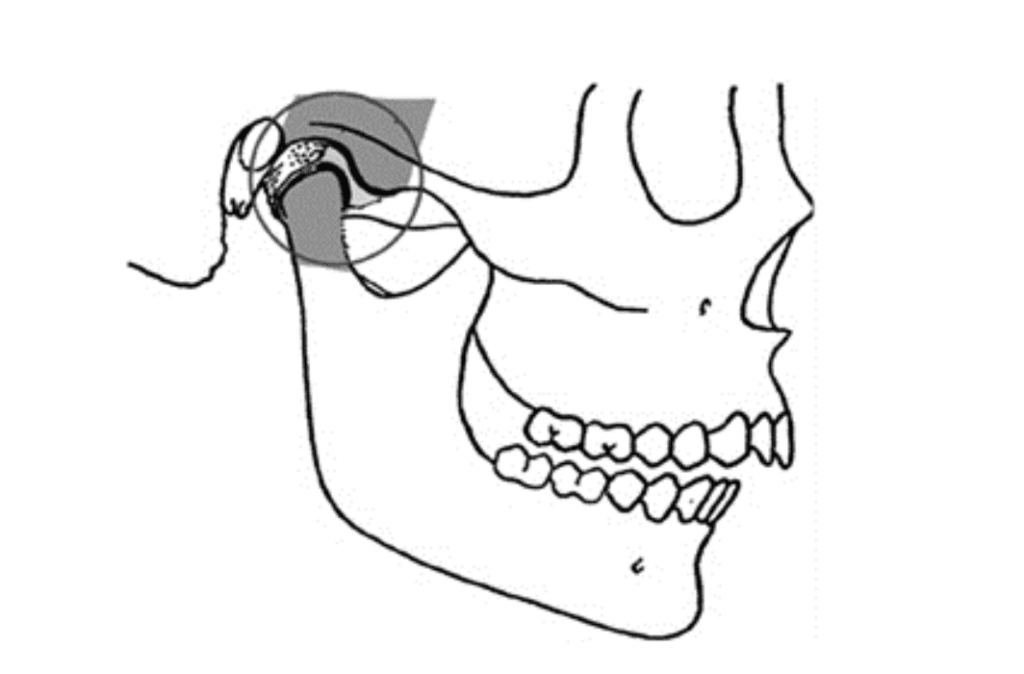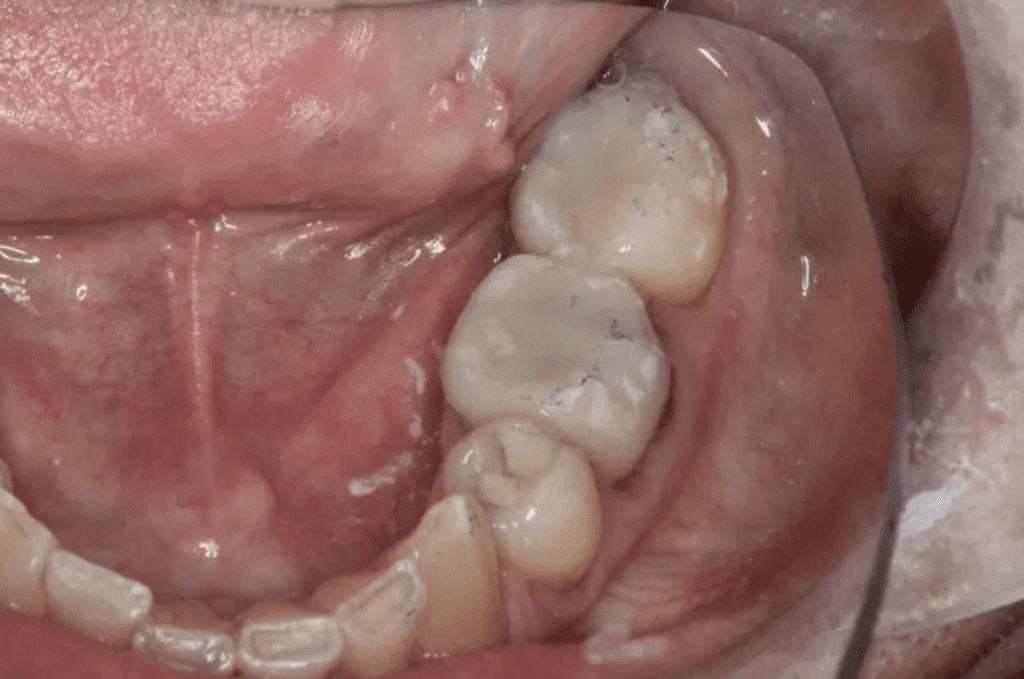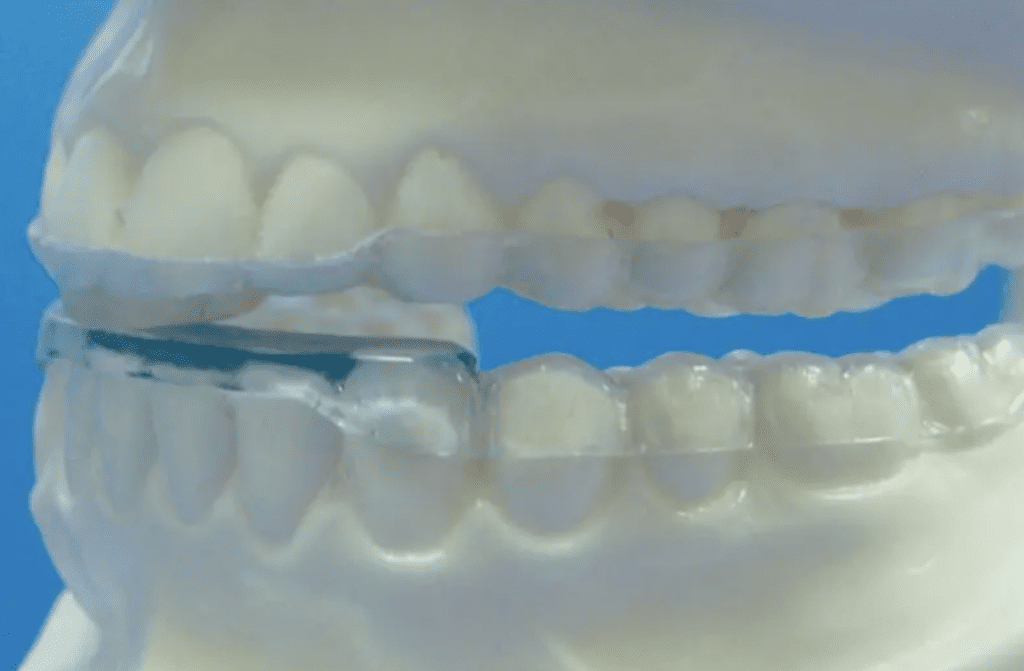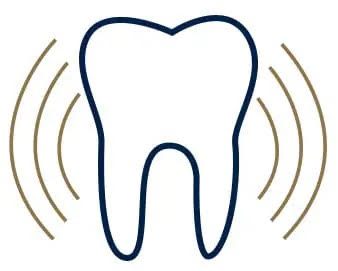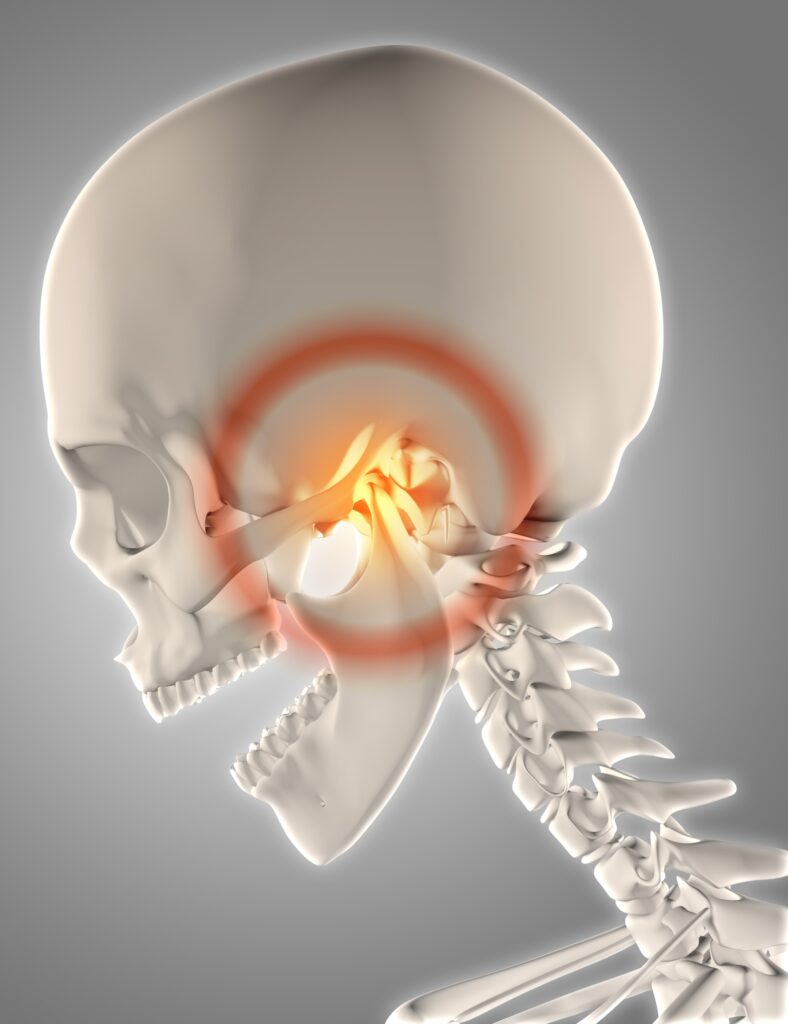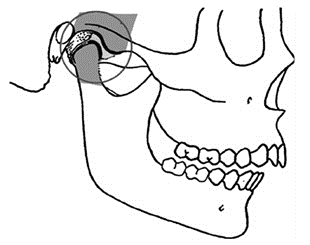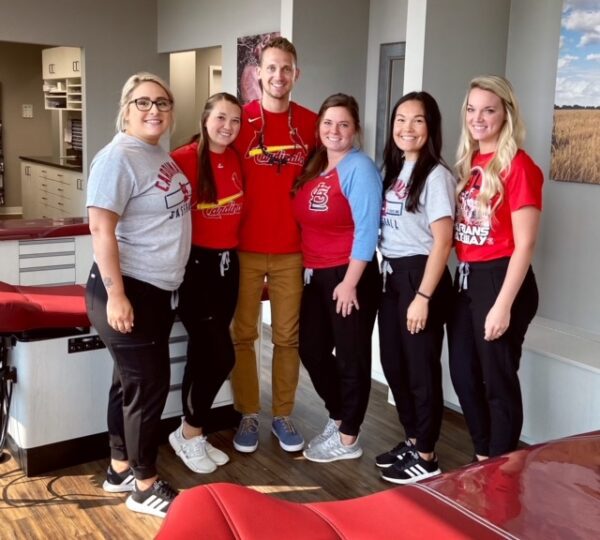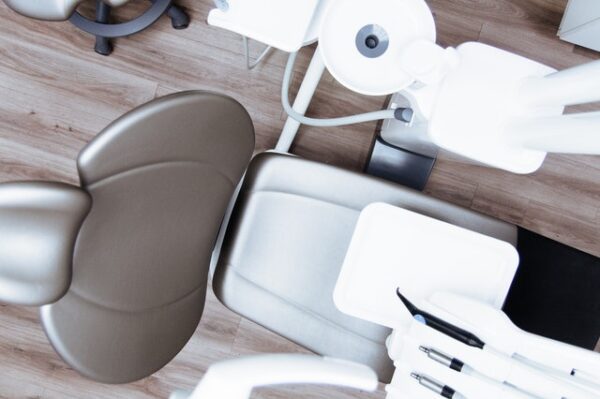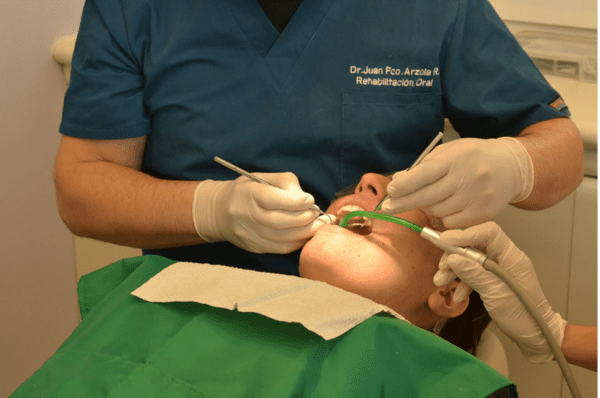![]()
Dr. Leonard Hess began teaching continuing education courses in 2005, and the topics include occlusion, smile design, treatment planning, preparation design, and practice integration of complete dentistry.
He’s taught full-day continuing education courses at the American Academy of Cosmetic Dentistry’s national meeting, The Greater New York Dental Meeting, AACD National Meeting, Pacific Dental Conference, Ontario Dental Association meeting, and The Yankee Dental Conference.
Dr. Hess also has taught courses in Japan, Germany, Poland, China, and Canada.
Dr. Hess is currently serving as the Senior Clinical Director at The Dawson Academy. He also owns Union County Center for Comprehensive Dentistry in Charlotte, North Carolina.
How Do You Know If You Achieved Centric Relation?
By: Dr. Leonard A. Hess, DDSClinical Director, The Dawson AcademyThis article originally appeared on TheDawsonAcademy.com, Dr. Hess…
TMJ 101: The Best TMD Treatment Options For Dentists
By: Dr. Leonard A. Hess, DDSClinical Director, The Dawson AcademyThis article originally appeared on TheDawsonAcademy.com, Dr. Hess…
What is Fremitus and Why Should You Check For It?
By: Dr. Leonard A. Hess, DDSClinical Director, The Dawson AcademyThis article originally appeared on TheDawsonAcademy.com, Dr. Hess allowed igniteDDS to…
Dentist Education: How Do I Predictably Prep Second Molars?
By: Dr. Leonard A. Hess, DDSClinical Director, The Dawson AcademyArticle originally appeared on TheDawsonAcademy.com, Dr. Hess allowed…
Sequencing a Full-Mouth Rehab: Anterior or Posteriors First?
The correct sequence to begin a full-mouth rehab is tobegin with the anterior teeth first, particularly the…
Q&A with Dr. Hess: Patients Who Have More Pain After Wearing a B-Splint
By: Dr. Leonard A. Hess, DDSClinical Director, The Dawson AcademyThe Article Originally Appeared on TheDawsonAcademy.com Question: What…
How to Discover Occlusal Muscle Disorders
By: Dr. Leonard A. Hess, DDSClinical Director, The Dawson AcademyThe Article Originally Appeared on TheDawsonAcademy.comLearn about Occlusion…
Considerations of Treatment Planning a Maxillary Implant Prosthesis
By: Dr. Leonard A. Hess, DDSClinical Director, The Dawson AcademyThe Article Originally Appeared on TheDawsonAcademy.comLearn about Occlusion…
How to Stabilize the Joints
By: Dr. Leonard A. Hess, DDSClinical Director, The Dawson AcademyThe Article Originally Appeared on TheDawsonAcademy.comLearn about Occlusion…
How Do You Know If You Achieved Centric Relation?
By: Dr. Leonard A. Hess, DDSClinical Director, The Dawson AcademyThe Article Originally Appeared on TheDawsonAcademy.comLearn about Occlusion…
Remember, you’re more than just a dental student!
By: Savanah Craig When you spend 9+ hours a day at your dental school and are surrounded by people who do the same, it’s easy to let being a dental student consume your whole life. It can feel like your worth comes from your grades when all of your free time is spent studying or…
Preparing for Dental School Graduation
By: Savanah Craig If you’re anything like me, getting into dental school was the goal. I never really thought about what would happen after dental school graduation. From a young age, I knew that I wanted to pursue a career in Dentistry, so my path was dictated by what Ithought would allow me to get…
Pediatric Dentistry Start-Up: Cuivre Creek
By: Casey Goetz I knew for years that my ultimate professional goal was to start my own pediatric dental office. I wanted to have that autonomy and be in control of my career so that I could deliver my dentistry in a way that I thought was superior. I briefly associated with another office for…
What to Do and What to Avoid with a Dental Startup
By: Anna Borden, DDS My startup journey was one that was somewhat expected, somewhat forced. I had been looking for a practice to buy for about two years, but a lot of practices were overpriced with failing equipment or needed full renovations – or of course, the doctors that wanted to stay on for a…
6 Skills that Make a Great Dental Assistant
By: Jamie Finch Dentists may get most of the credit for helping people achieve a perfect smile, but the contribution of their assistants shouldn’t be underestimated. Dental assistants perform numerous important roles that help a dental practice run smoothly, including assisting dentists in surgery. A dental assistant’s career can be exciting, and having the right…
How Phased Therapy Elevates Your Single Tooth Dentistry Every Time
By: Kevin Muench DMD, MAGD Time can work against you, or it can work for you if phased therapy is the proposed treatment. Though it seems simpler than a full mouth reconstruction, single tooth dentistry can take years to achieve the desired outcome. For this reason, we must bolster our communication and relationship skills. So, what can…
How to Lead an Old Team as a New Dentist
By: Jennifer Murphy, DDS, FAGD So you’ve graduated dental school, gotten your DDS or DMD degree, and obtained your license. Now, you are a doctor. You’ve started your first job, yet the staff doesn’t seem to see you as a leader in the office. You may even feel like they know more than you, even though…
How to Have Great Customer Service
By: Katie Klaes Disney is commonly referred to as “The Happiest Place on Earth.” People visit Disney for any number of reasons: birthdays, proposals, honeymoons, graduations, or simply to make family memories that will last a lifetime. Do you think these customers have high expectations? You bet they do. How to Provide Excellent Customer Service…
Prevent Infection Control Breaches with an Infection Control Coordinator
By: Michelle Strange, MSDH, RDH Despite the emphasis on infection prevention being “prevention,” it is unfortunately inevitable that infection control breaches occur from time to time. The handling of these incidents can have a significant impact on patients, staff, and the dental office itself. You may be tempted just to sweep it under the rug or…
What is your why?
By: Mohammed Hammoud Many of us are confronted with hopeless situations in which we no longer feel guided. Whether it be rejection from dental school to not feeling passionate about our future choices, we ask ourselves, why? It creates a sense of frustration because we fell short of our dreams. In most cases, people give…

